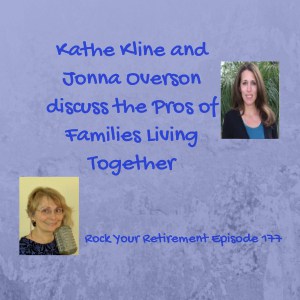- Culture
- SEE MORE
- classical
- general
- talk
- News
- Family
- Bürgerfunk
- pop
- Islam
- soul
- jazz
- Comedy
- humor
- wissenschaft
- opera
- baroque
- gesellschaft
- theater
- Local
- alternative
- electro
- rock
- rap
- lifestyle
- Music
- como
- RNE
- ballads
- greek
- Buddhism
- deportes
- christian
- Technology
- piano
- djs
- Dance
- dutch
- flamenco
- social
- hope
- christian rock
- academia
- afrique
- Business
- musique
- ελληνική-μουσική
- religion
- World radio
- Zarzuela
- travel
- World
- NFL
- media
- Art
- public
- Sports
- Gospel
- st.
- baptist
- Leisure
- Kids & Family
- musical
- club
- Health & Fitness
- True Crime
- Fiction
- children
- Society & Culture
- TV & Film
- gold
- kunst
- música
- gay
- Natural
- a
- francais
- bach
- economics
- kultur
- evangelical
- tech
- Opinion
- Government
- gaming
- College
- technik
- History
- Jesus
- Health
- movies
- radio
- services
- Church
- podcast
- Education
- international
- Transportation
- Other
- kids
- podcasts
- philadelphia
- Noticias
- love
- sport
- Salud
- film
- and
- 4chan
- Disco
- Stories
- fashion
- Arts
- interviews
- hardstyle
- entertainment
- humour
- medieval
- literature
- alma
- Cultura
- video
- TV
- Science
- en
Pros of Families Living Together Episode 177

b"Functional and Engaging\\nThere are about 49 million families living together in the US. And most of them are in their 20s. From sharing chores to expenses and everything in between. This multigenerational lifestyle is proving to be functional and engaging for many Americans.\\nThere are many upsides to multigenerational living. These days, it\\u2019s typical for both partners to work to make ends meet, which raises the issue of childcare. There\\u2019s also the problem of finance. Huge mortgages undoubtedly stretch family budgets and relationships.\\nMultigenerational Living is Changing\\nA lot of us are out there working hard but it is a different environment then. Things are changing and moving so fast that being a little bit older on the scale. The technology the younger millennials are using blows my mind. It's hard to keep up a little bit.\\nThe economy has changed a lot. Therefore, the job market has changed. So the trend for families living together is really changing. That is because of the factors we talked about in the last episode. Which pertains to the job market and the housing crunch.\\nFamilies Living Together Gives Emotional Bonding\\nYou spend 18 – 20 years with a parent from the perspective of an adolescent and a child. All these wonderful memories and preconceived notions of who your parents are based on that perspective. When you enter into the multigenerational household as an adult. Or as a person in your 30s, 40s, and 50s with somebody in their 50s, 60s, 70s, and 80s. You suddenly start to see them from a different perspective. And you get so much more from it and remember it too.\\nSome of those issues that you have as a child, you get to work out as an adult. You'll get to sit down and talk through without having those uninterrupted moments.\\nBenefits Older Adults\\nThe experience of older adults living together helps them relive the good things for being a parent. And also be part of that in an intimate way. A lot of assisted living communities are bringing in intergenerational programs. And these aren't even kids that are related to them.\\nYou're creating a program so that the children and the teens are understanding what it means to spend time with older generations. That is to say, you're bringing those children in to benefit from the knowledge, wisdom, and patience of our older people. It gives benefit to both sides.\\nEven with people who have undergone a divorce. Having that stable adult makes a difference in how well the kids acclimate to the new situation. And it seems that having more people that care about you when you're going through the fact that you're parents are breaking can definitely help. Even from the perspective of the adult having that support makes a huge difference.\\nFinancial Benefit\\nHaving that multigenerational element does take the pressure off financially. A lot of people are living together due to financial reasons. Grandparents could help care for young children. Adult children living together can save money while going to school, finding a job. Or saving money to buy a home of their own.\\nJust the benefit of freedom and being able to know that there's somebody else who you can pass the torch onto an event. And I wouldn't necessarily have without the benefit of the multigenerational household.\\nThe success of families living together means choosing a way of living that best utilizes the resources of the extended family while fostering closeness. To them, multigenerational living is not a way to live, but a way to thrive.\\nAbout Our Co-Host\\nJonna Overson is the Founder of Green Tree Home Care – a business that provides Care Professionals in the homes of clients so they can stay safe, cared for,"